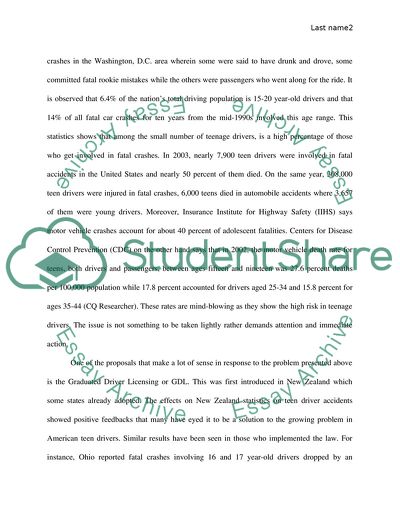Cite this document
(Keeping the Roads Safe for Teenagers Research Paper, n.d.)
Keeping the Roads Safe for Teenagers Research Paper. Retrieved from https://studentshare.org/social-science/1779421-underage-driving
Keeping the Roads Safe for Teenagers Research Paper. Retrieved from https://studentshare.org/social-science/1779421-underage-driving
(Keeping the Roads Safe for Teenagers Research Paper)
Keeping the Roads Safe for Teenagers Research Paper. https://studentshare.org/social-science/1779421-underage-driving.
Keeping the Roads Safe for Teenagers Research Paper. https://studentshare.org/social-science/1779421-underage-driving.
“Keeping the Roads Safe for Teenagers Research Paper”, n.d. https://studentshare.org/social-science/1779421-underage-driving.


